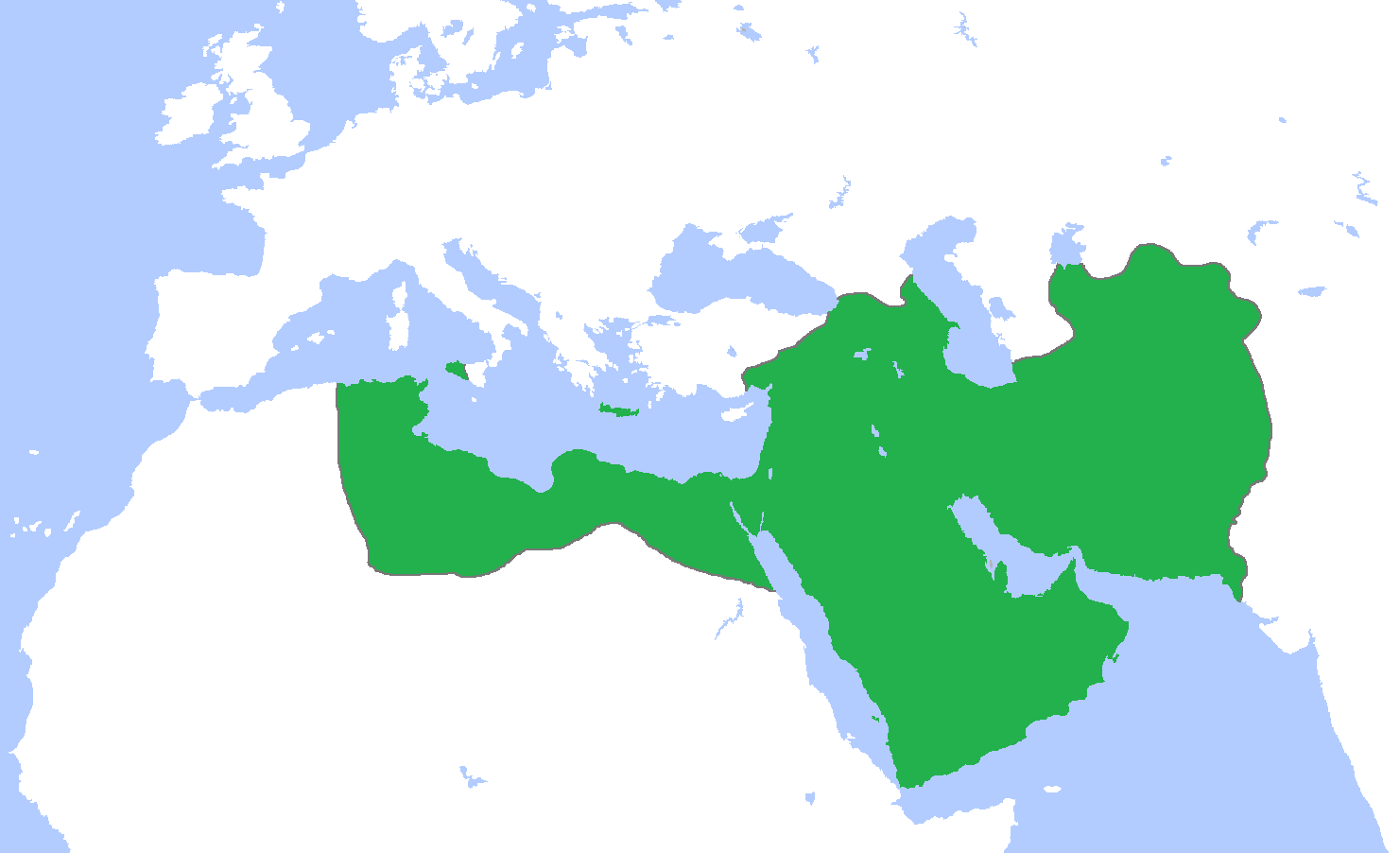|
Qipchoq (Tashkent Metro)
Qipchoq is a Tashkent Metro The Tashkent Metro ( uz, Toshkent metropoliteni, Тошкент метрополитени) is the rapid transit system serving the city of Tashkent, the capital of Uzbekistan. It was the seventh metro to be built in the former USSR, opening in 1 ... station, the terminus of the Circle Line. It was opened on 11 March 2024 as part of the extension of the line from Quruvchilar. The adjacent station is Turon. References {{Authority control Tashkent Metro stations Railway stations in Uzbekistan opened in 2024 ... [...More Info...] [...Related Items...] OR: [Wikipedia] [Google] [Baidu] |
Tashkent Metro
The Tashkent Metro ( uz, Toshkent metropoliteni, Тошкент метрополитени) is the rapid transit system serving the city of Tashkent, the capital of Uzbekistan. It was the seventh metro to be built in the former USSR, opening in 1977, and was the first subway system in Central Asia. Each station is designed around a particular theme, often reflected in the station name. The Tashkent Metro consists of four lines, operating on of route and serving 43 stations. In 2022, the metro carried 220 million passengers, which corresponds to a daily average of approximately 620,000 riders. History Planning for the Tashkent Metro started in 1968, two years after a major earthquake struck the city in 1966. Construction on the first line began in 1972 and it opened on 6 November 1977 with nine stations. This line was extended in 1980, and the second line was added in 1984. The most recent line is the Circle (Halqa) Line, the first section of which opened in 2020. A northern ... [...More Info...] [...Related Items...] OR: [Wikipedia] [Google] [Baidu] |
Tashkent
Tashkent (, uz, Toshkent, Тошкент/, ) (from russian: Ташкент), or Toshkent (; ), also historically known as Chach is the capital and largest city of Uzbekistan. It is the most populous city in Central Asia, with a population of 2,909,500 (2022). It is in northeastern Uzbekistan, near the border with Kazakhstan. Tashkent comes from the Turkic ''tash'' and ''kent'', literally translated as "Stone City" or "City of Stones". Before Islamic influence started in the mid-8th century AD, Tashkent was influenced by the Sogdian and Turkic cultures. After Genghis Khan destroyed it in 1219, it was rebuilt and profited from the Silk Road. From the 18th to the 19th century, the city became an independent city-state, before being re-conquered by the Khanate of Kokand. In 1865, Tashkent fell to the Russian Empire; it became the capital of Russian Turkestan. In Soviet times, it witnessed major growth and demographic changes due to forced deportations from throughout the ... [...More Info...] [...Related Items...] OR: [Wikipedia] [Google] [Baidu] |
Circle Line (Tashkent)
Circle Line or circular line is an expression commonly used to describe a circle route in a public transport network or system. Circle Line or Circular line may also refer to: Railways Asia Bangladesh * Chittagong Circular Railway China *Line 2 (Beijing Subway) *Line 10 (Beijing Subway) *Line 4 (Shanghai Metro) *Line 7 (Chengdu Metro) *Line 5 (Zhengzhou Metro) *Loop line (Chongqing Rail Transit) *Line 11 (Guangzhou Metro) (under construction) *Line 3 (Harbin Metro) (partly in operation) *Guiyang railway loop line India * Delhi Ring Railway *Kolkata Circular Railway *Pink Line (Delhi Metro) (partly in operation) Japan *Meijō Line, in Nagoya * Osaka Loop Line, in Osaka * Sapporo Streetcar, in Sapporo * Toei Ōedo Line, in Tokyo *Toyama City Tram Line Route 3, in Toyama *Yamanote Line, in Tokyo Malaysia *MRT Circle Line, in Kuala Lumpur Myanmar * Yangon Circular Railway Pakistan * Karachi Circular Railway Singapore *Circle MRT line South Korea * Seoul ... [...More Info...] [...Related Items...] OR: [Wikipedia] [Google] [Baidu] |
Quruvchilar (Tashkent Metro)
Quruvchilar is a Tashkent Metro station on the Circle Line. It was opened on 25 April 2023 as part of the extension of the line between Qoʻyliq and Quruvchilar. The adjacent stations are Xonobod Xonobod (in 1972—91 ''Sovetabad'', uz, Xonobod, Хонобод russian: Ханабад, Khanabad) is a district-level city in Andijan Region, Uzbekistan. It has an area of [...More Info...] [...Related Items...] OR: [Wikipedia] [Google] [Baidu] |
Turon (Tashkent Metro)
Turon is a Tashkent Metro The Tashkent Metro ( uz, Toshkent metropoliteni, Тошкент метрополитени) is the rapid transit system serving the city of Tashkent, the capital of Uzbekistan. It was the seventh metro to be built in the former USSR, opening in 1 ... station on the Circle Line. It was opened on 11 March 2024 as part of the extension of the line between Quruvchilar and Qipchoq. The adjacent stations are Quruvchilar and Qipchoq. References {{Authority control Tashkent Metro stations Railway stations in Uzbekistan opened in 2024 ... [...More Info...] [...Related Items...] OR: [Wikipedia] [Google] [Baidu] |
Tashkent Metro Stations
Tashkent (, uz, Toshkent, Тошкент/, ) (from russian: Ташкент), or Toshkent (; ), also historically known as Chach is the capital and largest city of Uzbekistan. It is the most populous city in Central Asia, with a population of 2,909,500 (2022). It is in northeastern Uzbekistan, near the border with Kazakhstan. Tashkent comes from the Turkic ''tash'' and ''kent'', literally translated as "Stone City" or "City of Stones". Before Islamic influence started in the mid-8th century AD, Tashkent was influenced by the Sogdian and Turkic cultures. After Genghis Khan destroyed it in 1219, it was rebuilt and profited from the Silk Road. From the 18th to the 19th century, the city became an independent city-state, before being re-conquered by the Khanate of Kokand. In 1865, Tashkent fell to the Russian Empire; it became the capital of Russian Turkestan. In Soviet times, it witnessed major growth and demographic changes due to forced deportations from throughout the S ... [...More Info...] [...Related Items...] OR: [Wikipedia] [Google] [Baidu] |


